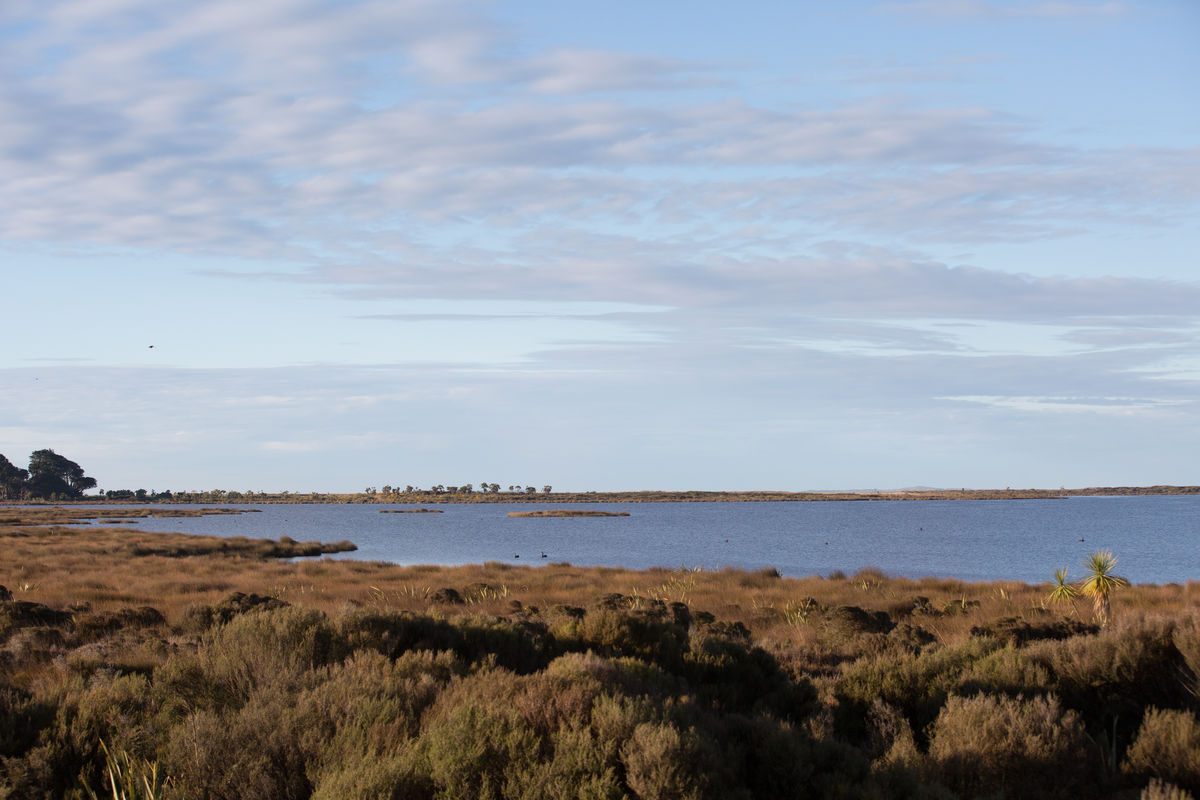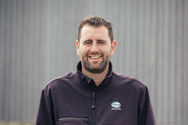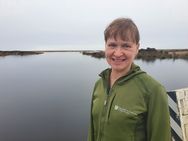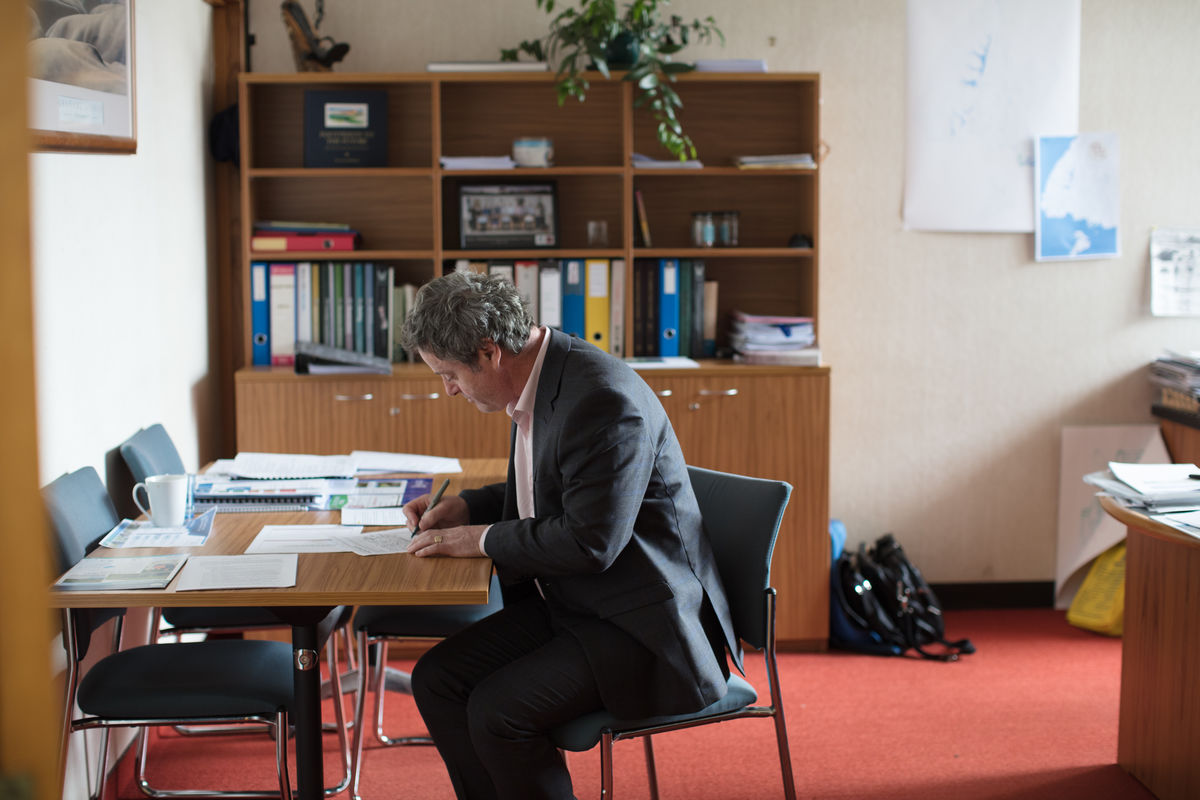
Whakamana Te Waituna partnership
WHAT IS THE PROJECT ABOUT?
The Whakamana te Waituna Trust was set up in February 2018 to coordinate activities to restore the mana of the Waituna Lagoon and Catchment. The Trust was a partnership between Te Rūnanga o Awarua/Te Rūnanga o Ngāi Tahu; Department of Conservation; Environment Southland; Southland District Council; and Fonterra (joint Living Water programme with DOC).
The vision of Whakamana Te Waituna was “to improve the health and wellbeing of Waituna Lagoon, its catchment and community, for the use and enjoyment of present and future generations, while recognising and providing for the traditional relationship of Ngāi Tahu with their ancestral lake/rohe”.
The objectives of the Project were to:
- Increase/improve access to land enabling Ngāi Tahu to exercise Kaitiakitanga over their taonga species within the Waituna catchment and lagoon
- Establish a hydrological regime for a healthy lagoon, with recreational access, that provides adjoining landowners with certainty
- Increase the land area managed for biodiversity and ecosystem function accessible for mahinga kai and recreational uses surrounding Waituna Catchment (by at least 300 ha)
- Implement a contaminant intervention plan to reduce the rate of sediment and nutrient losses originating from on-farm and off-farm activities

Cain Duncan
It's a truly significant partnership not only for our region, but in terms of it's potential for similar partnerships across the country.

Pat Hoffmann
I’m excited about the tools and catchment interventions being trialed in this project. There is massive potential for learning and change to achieve a more resilient environment while also meeting the community’s aspirations
What’s been done?
The Whakamana Te Waituna project concept was approved by the partners in April 2017 and detailed work plans developed. In 2018 the partnership received Central Government funding to enhance the role of mana whenua to exercise kaitiaki over the lagoon and catchment, to reduce nutrient pollution from the catchment and manage lagoon openings to maximise ecological health rather than for land drainage alone. $13.4m was secured for the five-year project including $6m from the Freshwater Improvement Fund and $7.4m funded by the Whakamana Te Waituna Partners.
The first phase of the Lower Waituna Creek restoration project has been completed, which resulted in 16,750 plants being planted within the re-negotiated and newly fenced Waituna Creek Marginal Strip. In addition to this, instream habitat structures (manuka bundles and logs) were trialled to provide greater habitat diversity in the Creek, and two reaches of two stage channel was created to provide for greater flood carrying capacity and improved riparian management opportunities.
Work was carried out with landowners in the catchment to ensure all farms had an updated farm environment plan. Funding was made available to assist farmers in completing actions in their plans that went above and beyond regulation, resulting in 24,000 plants being planted across 10 farms, and the creation of an on-farm wetland.
A contaminant intervention plan was developed to determine how to reduce contaminants from the catchment entering the lagoon.
The Trust has begun implementing the plan by investigating sites within the catchment that could be developed into catchment-scale constructed wetlands to remove nitrogen, sediment and phosphorus. A 3-ha trial wetland was constructed to test techniques to design, build, consent and maintain larger scale constructed wetlands within the catchment.
In addition to the actions in the contaminant intervention plan, four on-farm Peak Run-off Control Structures (PROCS) were built and a monitoring programme assessed their ability to trap sediment and reduce peak flows downstream of the structures. All sites showed higher levels of sediment accumulation than the control sites and the dampening of peak discharge following rainfall. However, PROCS can create issues by impeding fish passage. In addition to the PROCS a large-scale sediment trap was also constructed on Jordan Creek to test the effectiveness of these types of structures in trapping sediment and reducing the frequency of downstream drain cleaning.
Research was conducted in the early stages of the project to identify land around the lagoon that was at risk of flooding if the lagoon was opened to the sea at a higher level to improve its ecological health. The research was used to guide the Trust and its partners in purchasing 584 hectares of farmland around the lagoon in 2021.
403 hectares of purchased land was vested in Te Wai Parera Trust to develop a Mahinga Kai Pā. Awarua Rūnanga has established two Mahinga Kai ponds on the land with the intention to further develop a network of ponds. These will be replanted with native species to restore mahinga kai resources the wetlands were historically renowned for. Whakamana te Waituna worked in partnership with Te Wai Parera Trust and Jobs for Nature, to develop a pest animal control plan for Te Pā Mahinga Kai, provide training, and supply traps and other equipment needed to control mustelids, possums, rats and cats on the property. Ponds are being built on the property for mahinga kai species including tuna (eels) and waikoura (freshwater crayfish).

What has Living Water Learnt from this Project?
People are at the heart of improving water quality and biodiversity. The Whakamana Te Waituna programme facilitated new conversations, partnerships, and collaborations, and strengthened existing ones, spanning sectors and disciplines.
Through a collaborative approach, Whakamana Te Waituna helped facilitate an environment conducive to the cross-pollination of ideas, shared learning, and collective decision-making. Partners (trustees, dedicated staff, wider agencies staff and whanau), engaged in new and different ways towards shared aspirations. This led to enhanced coordination and alignment between partners, including land management advisors from Environment Southland and Fonterra. A deeper understanding of the institutional barriers to change emerged, fostering a more cohesive and integrated approach to managing and addressing the catchment's complex challenges.
Examples of new relationships included an agreement between Awarua Rūnanga (Te Wai Parera Trust) and duck shooters regarding access to the Mahinga Kai Pa for their recreational activities, a joint consent application by Ngāi Tahu and DOC for the Lagoon opening, and the workshop series planned further biodiversity-focussed work in the lower Waituna Creek that attracted (and retained) a wide range of stakeholders throughout.
Despite the long timeframe for seeing environmental changes, positive changes to the ecological health of the catchment area are particularly visible in the riverbanks and in-stream habitats. The creation of fish habitats both in-stream and in the riparian zone, were carefully monitored as trials. The results of the trials support restoration practices that can be applied elsewhere. There was a substantial increase in the understanding of the giant kōkopu population.
A key development was the establishment of land buffers around the lagoon through staged land retirement and covenants, which serve as protective zones to maintain the ecological integrity of the lagoon. New ponds and wetland areas have been re-established on the Mahinga Kai Pā, and riparian plantings carried out, both of which contribute to the restoration of the catchment's natural habitats.
Whakamana Te Waituna contributed to mana whenua achieving aspirations of accessing mahinga kai, reconnecting their people to place and being able to exercise their rangatiratanga and kaitiaki responsibilities. The establishment of Te Wai Parera Trust and return of land to the Rūnanga (via the Trust) were significant milestones. The return of land supported aspirations to develop a Mahinga Kai Pā to restore taonga species.
For the agency and sector partners working closely with mana whenua enhanced mutual understanding and provided valuable experience in co-governance. The Rūnanga fostered positive relationships with a variety of groups, including duck shooters and school groups. A Rūnanga partnership with the Southland Institute of Technology is developing physical infrastructure (learning centre buildings) for the Pā, and training and reconnecting young people from across Murihiku (Southland), to the place and kaupapa. The programme enabled Rūnanga/Iwi job creation, training, and expertise sharing through entities like Te Tapu o Tane, benefiting catchment restoration work.
Read more about the lessons and evaluation of the partnership here
The Whakamana Te Waituna partnership has been focused on biosecurity, biodiversity, reducing contaminants and best practice to ensure Waituna Lagoon's health for future generations. Land surrounding Waituna lagoon has been returned to iwi, a culturally significant place, through a project/partnership approach, restoring mana and allowing mahinga kai food gathering.